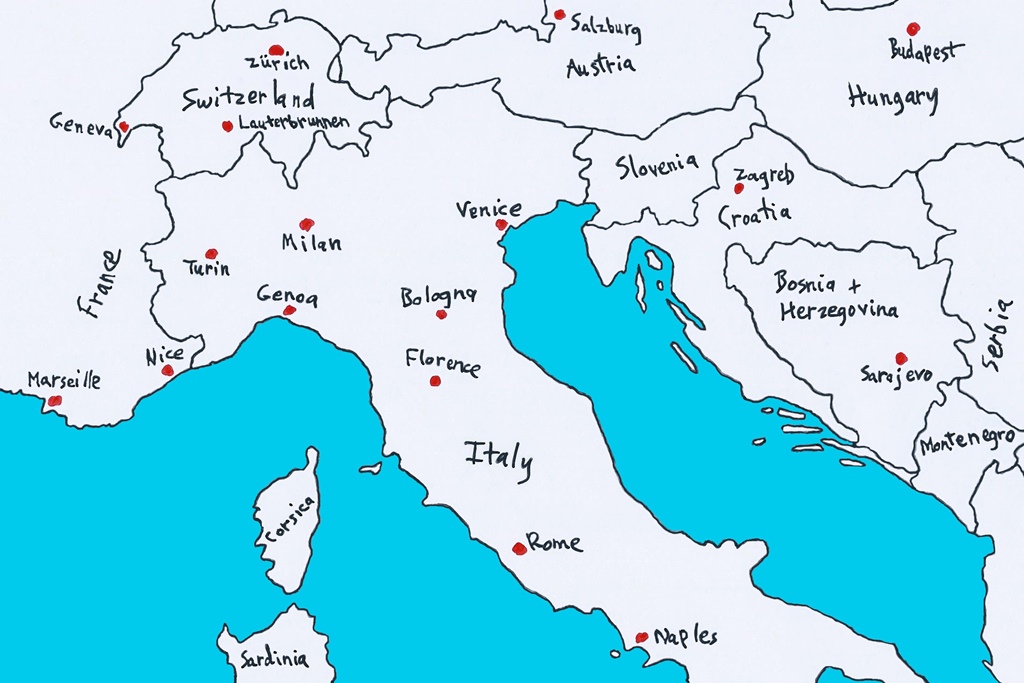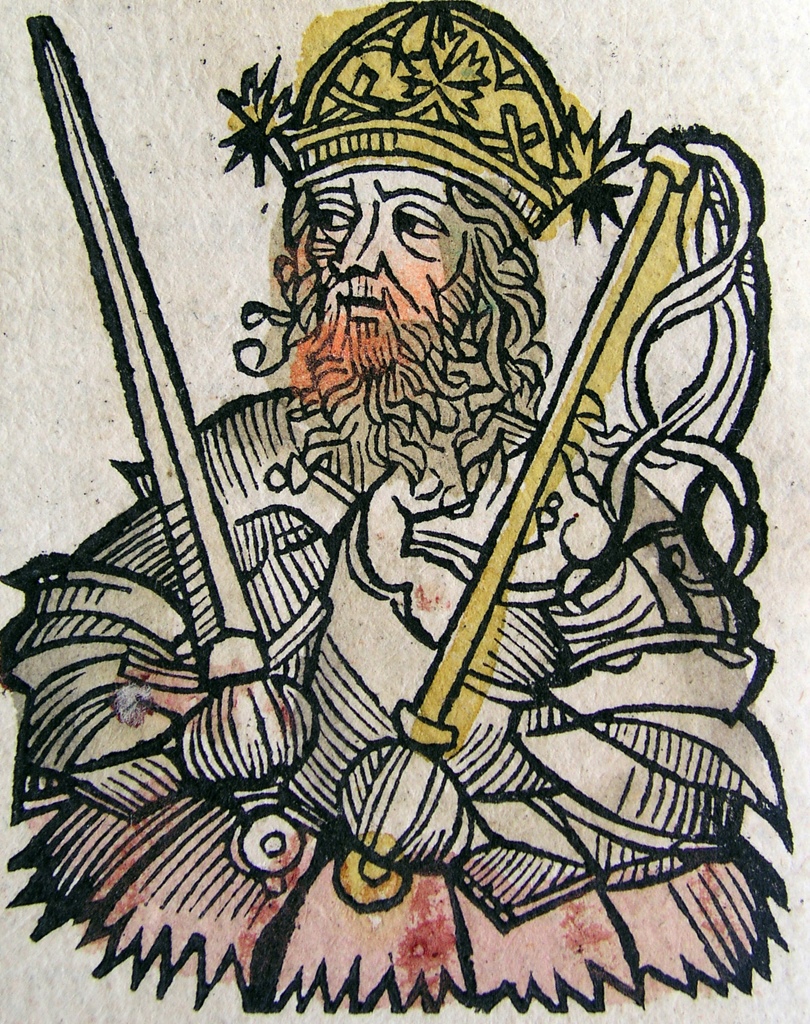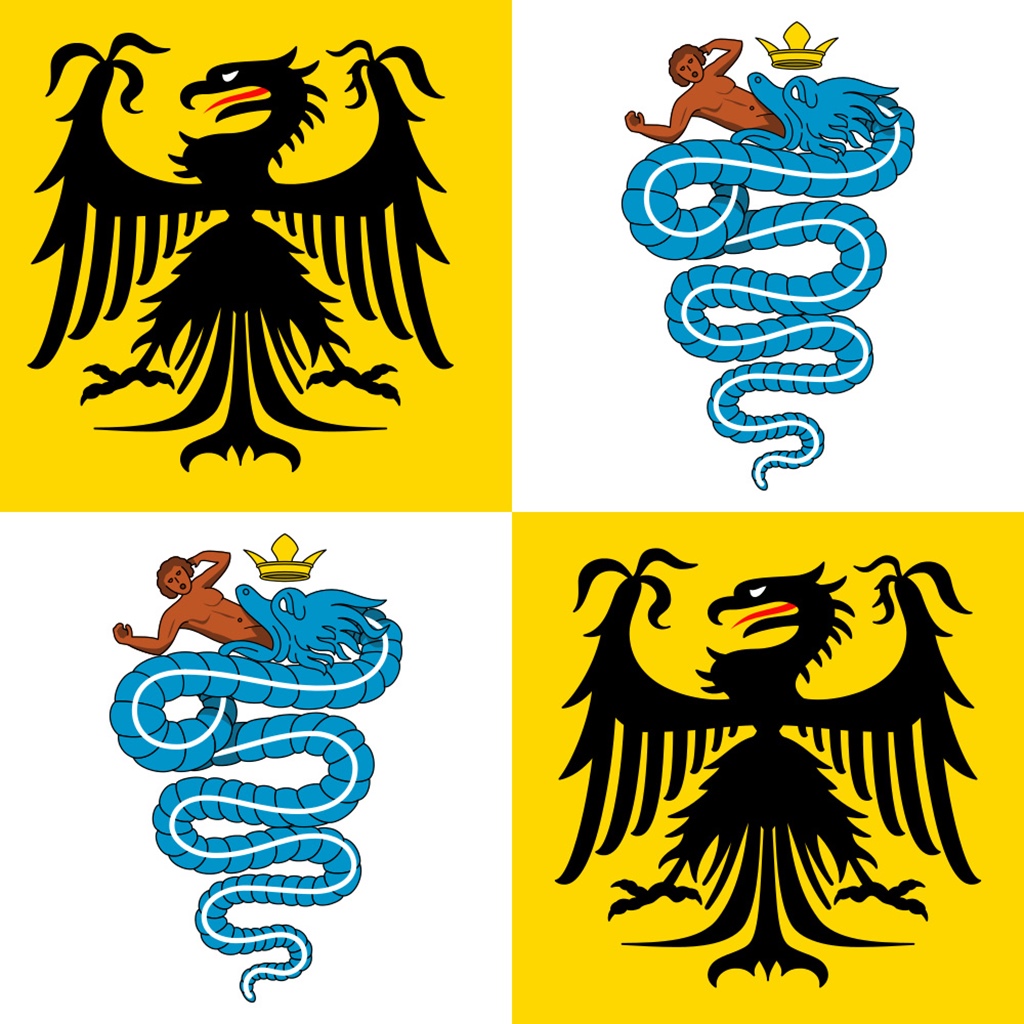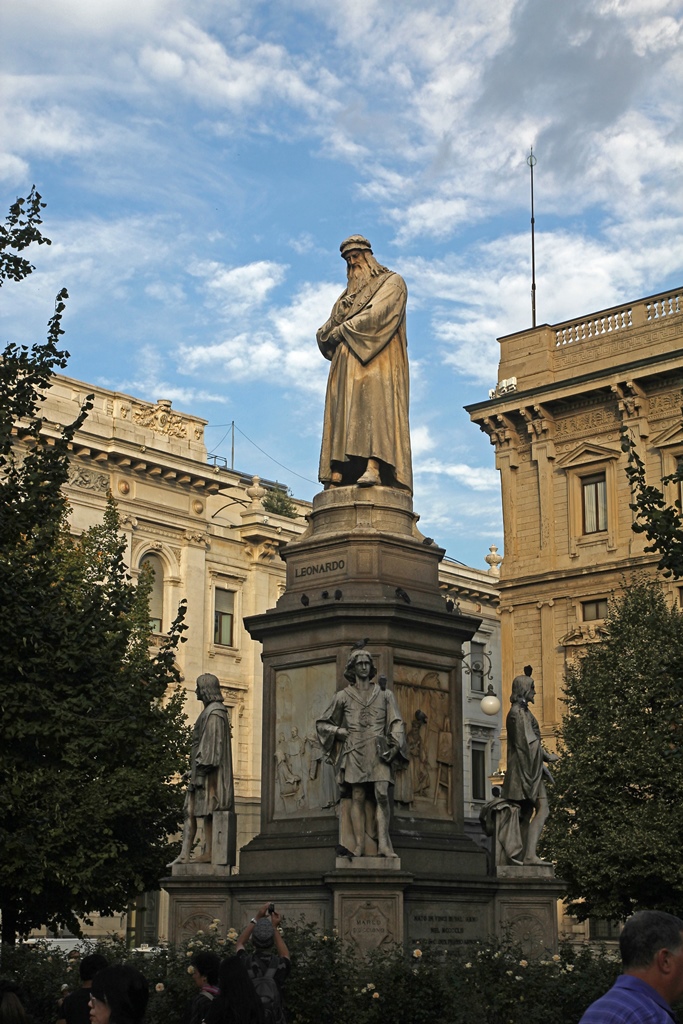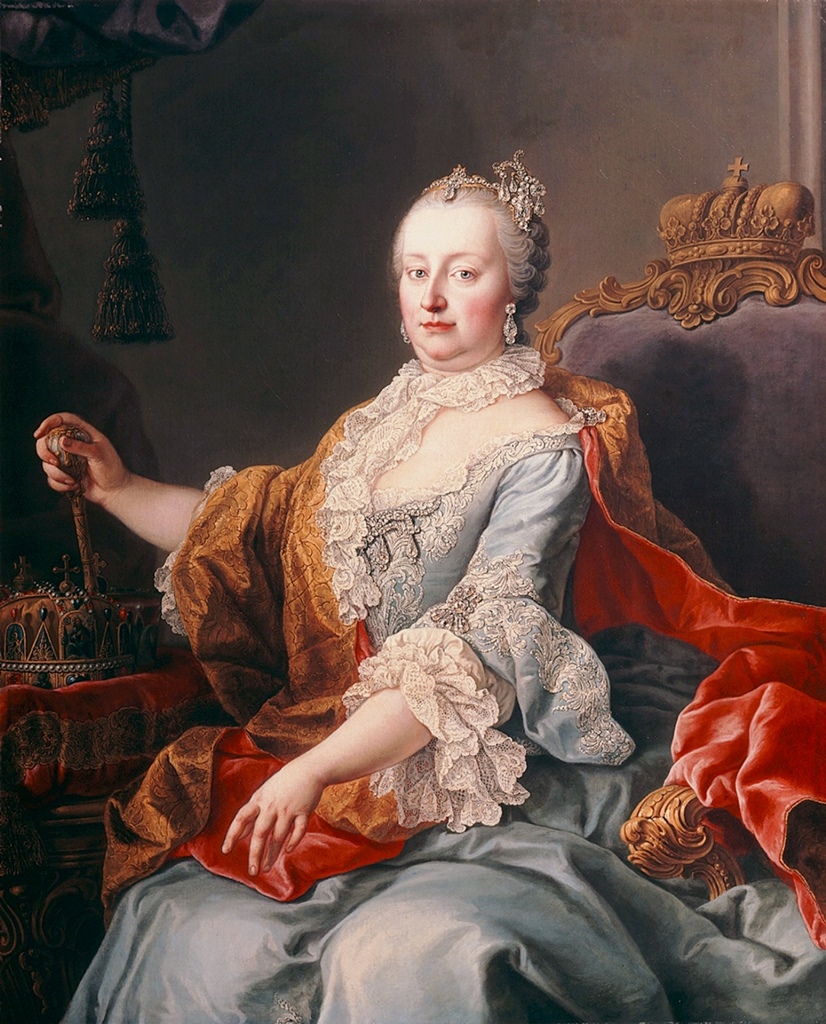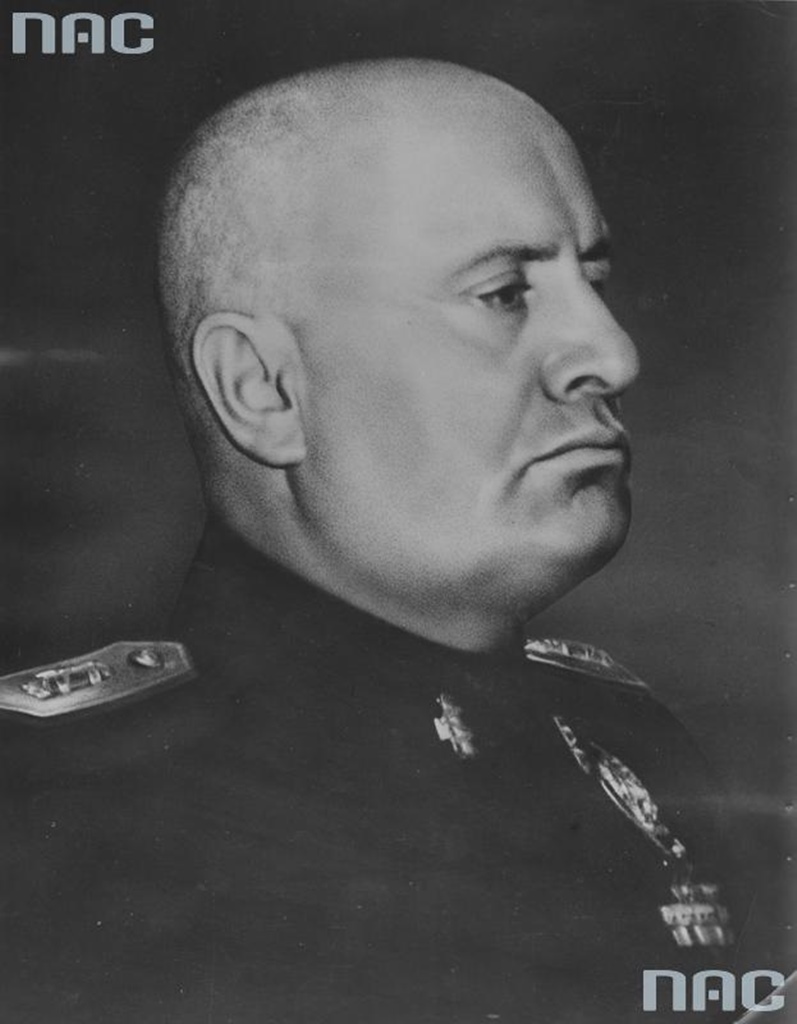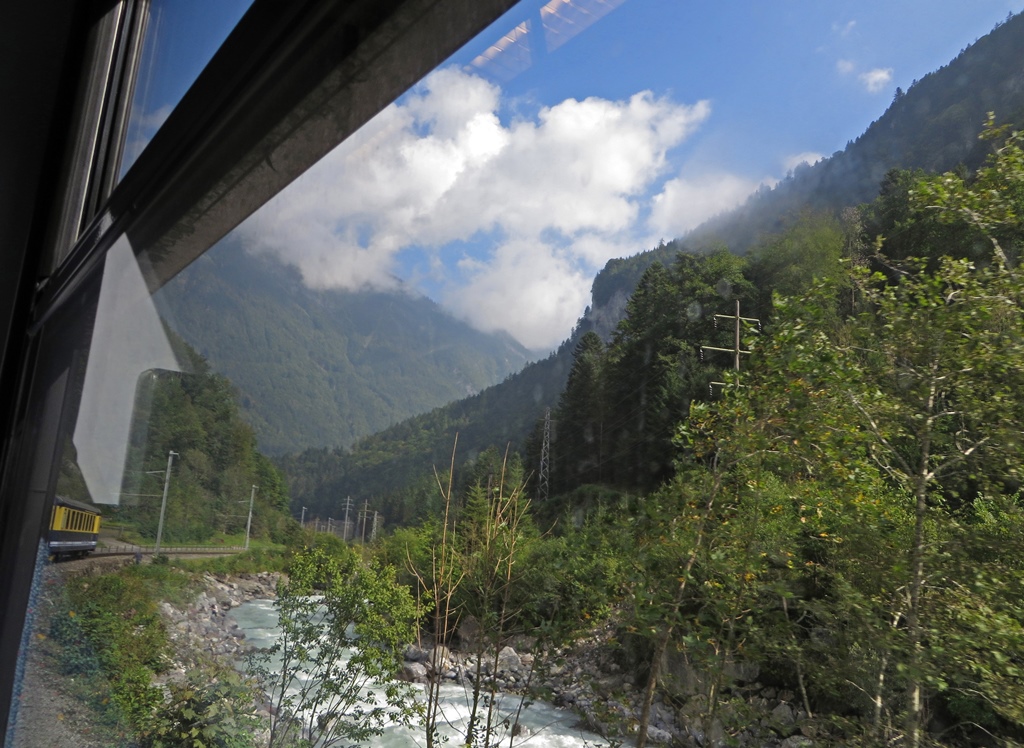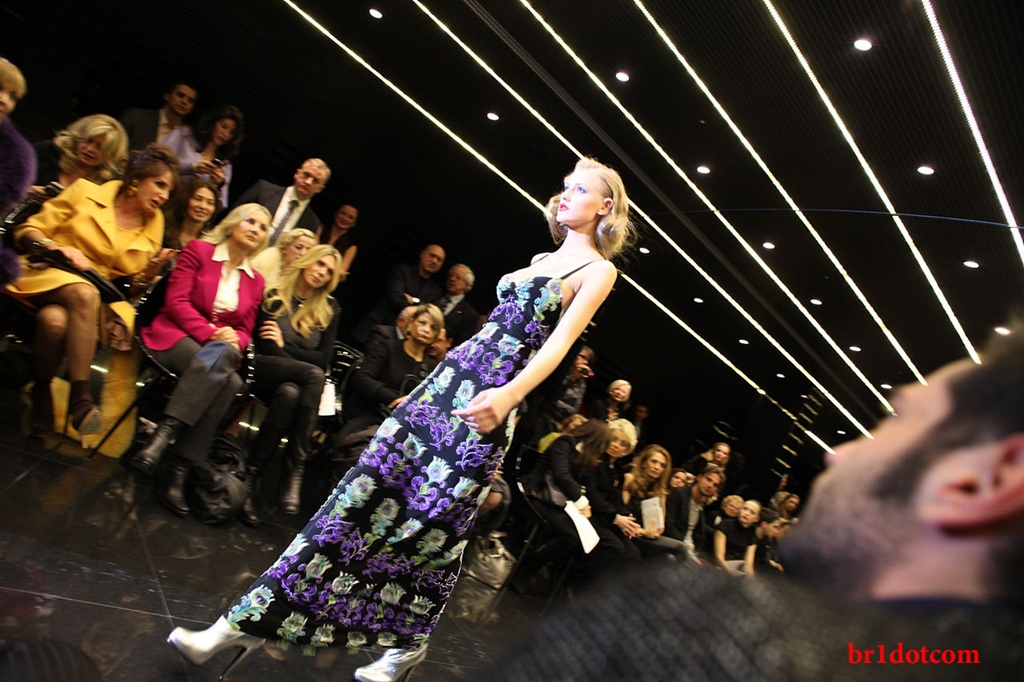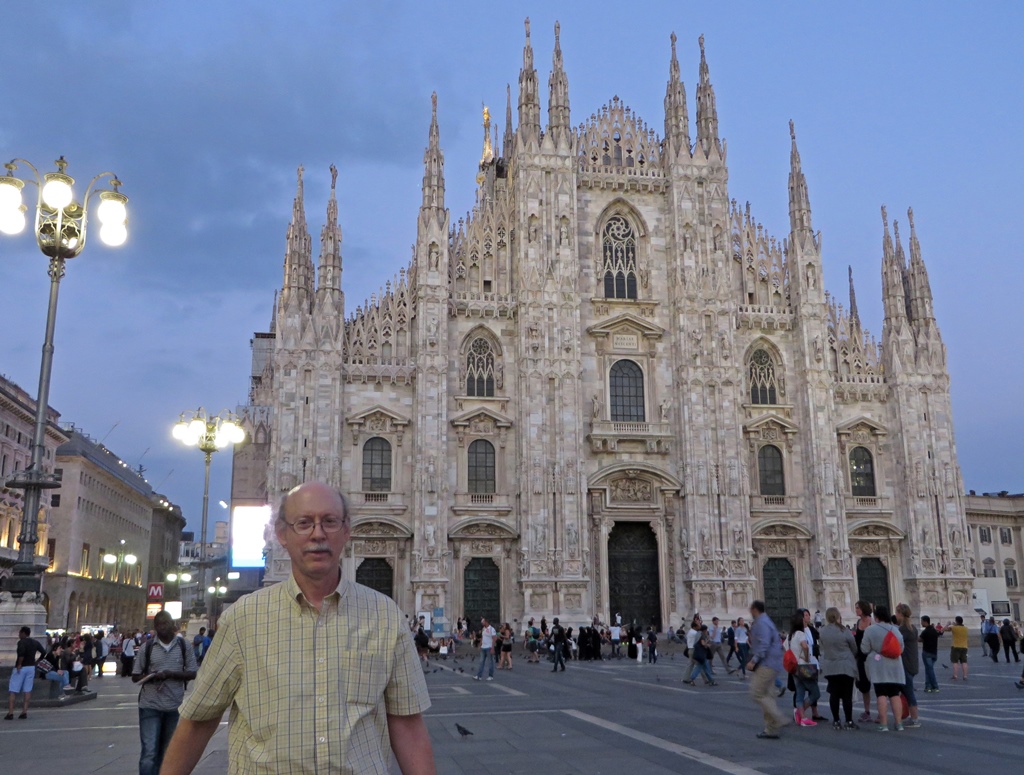Italy and Surroundings
The city of Milan, located in northern Italy, is the second-largest city in the
country (after Rome), with more than 1.3 million people. It is the capital of
the Italian administrative region of Lombardy and has the third-largest economy
of any European city (after Paris and London). Probably more than any other
Italian city, Milan is celebrated for its modern-day cultural accomplishments,
particularly in the areas of fashion and design. But, like other Italian
cities, it has a long and sometimes illustrious history of its own.
Milan is thought to have been founded around 600 BC by a group composed of
members of Gaulish tribes, who called their settlement Mediolanon ("in
the middle of the plain"). The city was captured in 222 BC by Romans, who
"Latinized" the city's name to Mediolanum. In 286 AD, the capital of
the Western Roman Empire was moved to Mediolanum by the Emperor Diocletian,
and two emperors later, in 313, the Emperor Constantine issued an edict from
the city, known as the Edict of Milan, which granted tolerance to all
religions (including Christianity), setting the stage for everything that was
to follow.
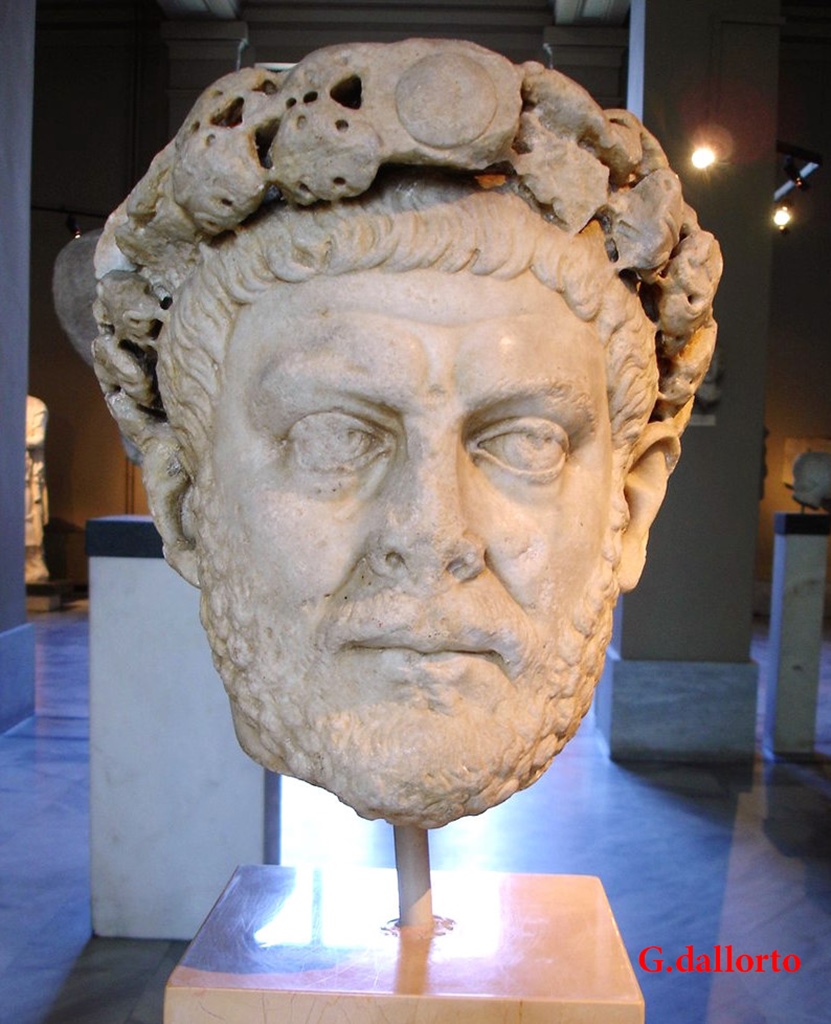
Diocletian
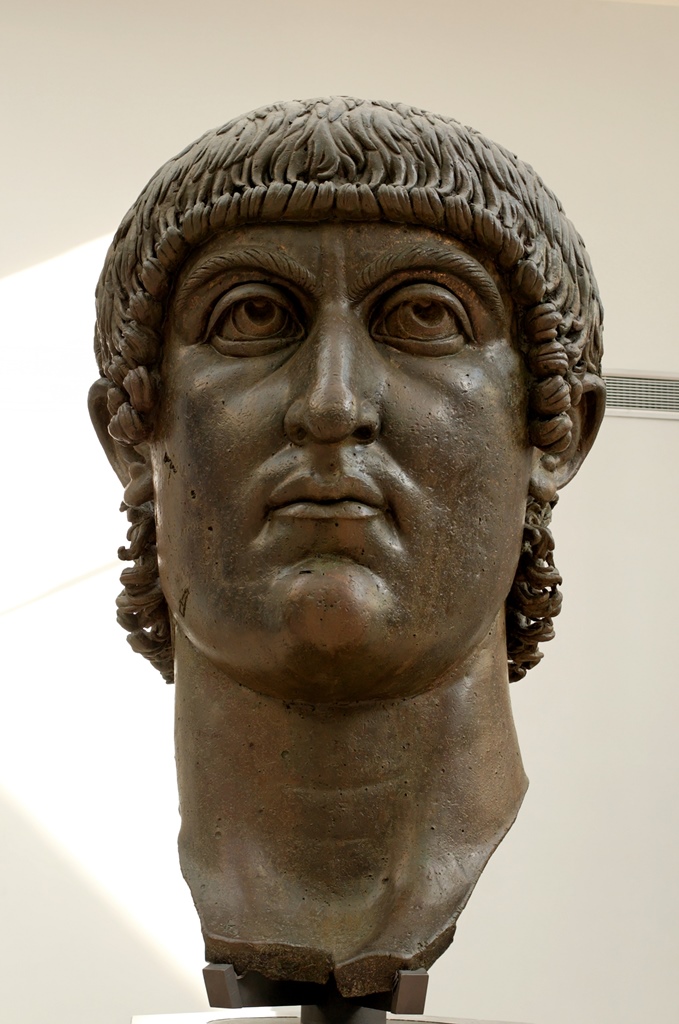
Constantine
For Milan, much of what followed over the ensuing centuries wasn't pretty at
all. They were overrun and sacked by a succession of invaders, including
Visigoths (402), Huns (Attila himself, 452), Ostrogoths (539), Lombards (569),
Franks (led by Charlemagne, 774) and Germans (Frederick Barbarossa, 1162).
Attila the Hun
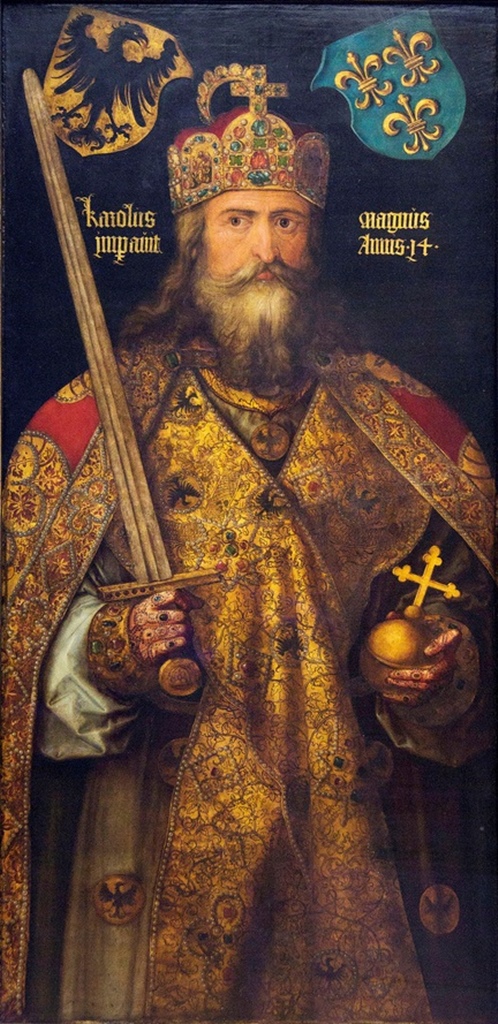
Charlemagne
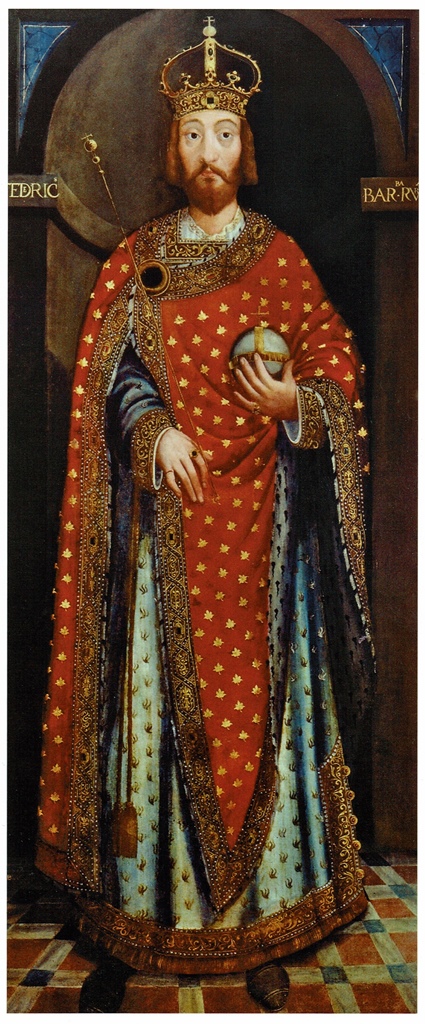
Frederick Barbarossa
A period of relative peace followed, and the city became a prosperous center of
trade, due partly to its location. The city became a duchy in 1183, and was
ruled by a series of lords and dukes. In 1277, Ottone Visconti became Lord of
Milan, beginning the Visconti dynasty in the city. The Viscontis established
territorial expansion as a priority, and over time increased the size of their
domain to a point where it included most of northern Italy. Skipping ahead to
1447, Ottone's descendant Filippo ended the dynasty by dying without a male
heir. Milan tried to become a republic, called the Ambrosian Republic (after
St. Ambrose, patron saint of the city), but this experiment didn't last long,
as difficulties in defense against neighboring states and an eventual famine
made the republic unpopular with the citizenry. In 1450, Francesco Sforza, a
military leader, or condottiere, who also happened to be married to
Filippo's illegitimate daughter and sole surviving offspring Bianca, was
named the new Duke of Milan, beginning Milan's ruling House of Sforza.
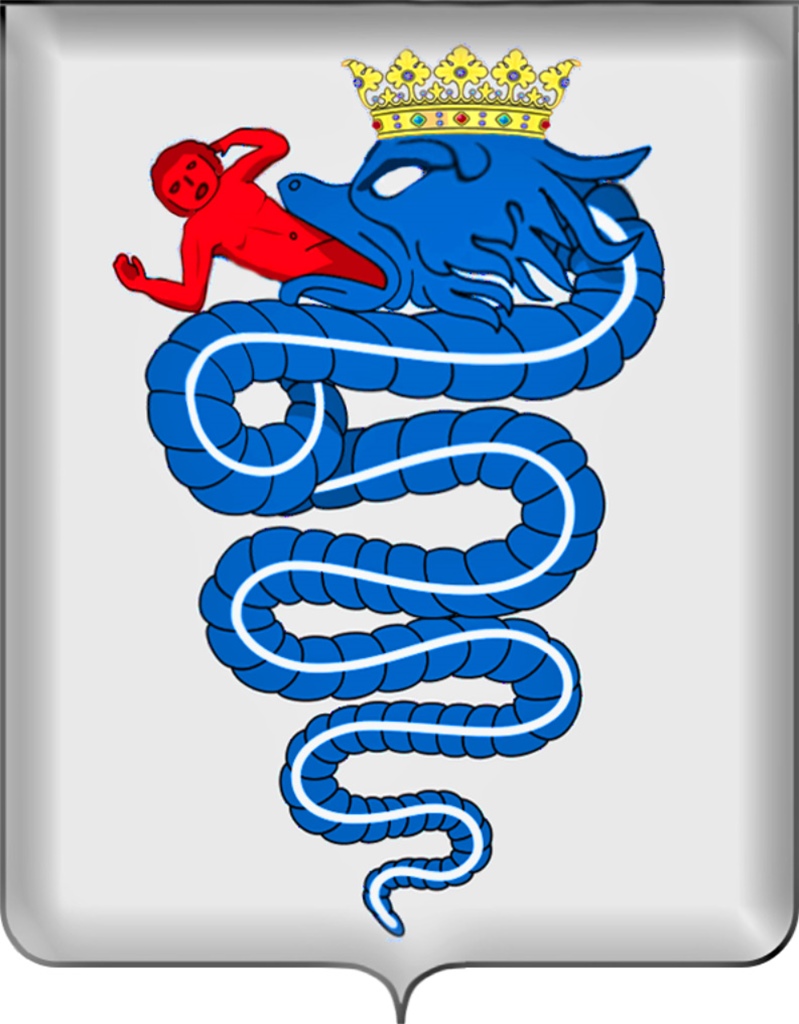
Visconti Coat of Arms
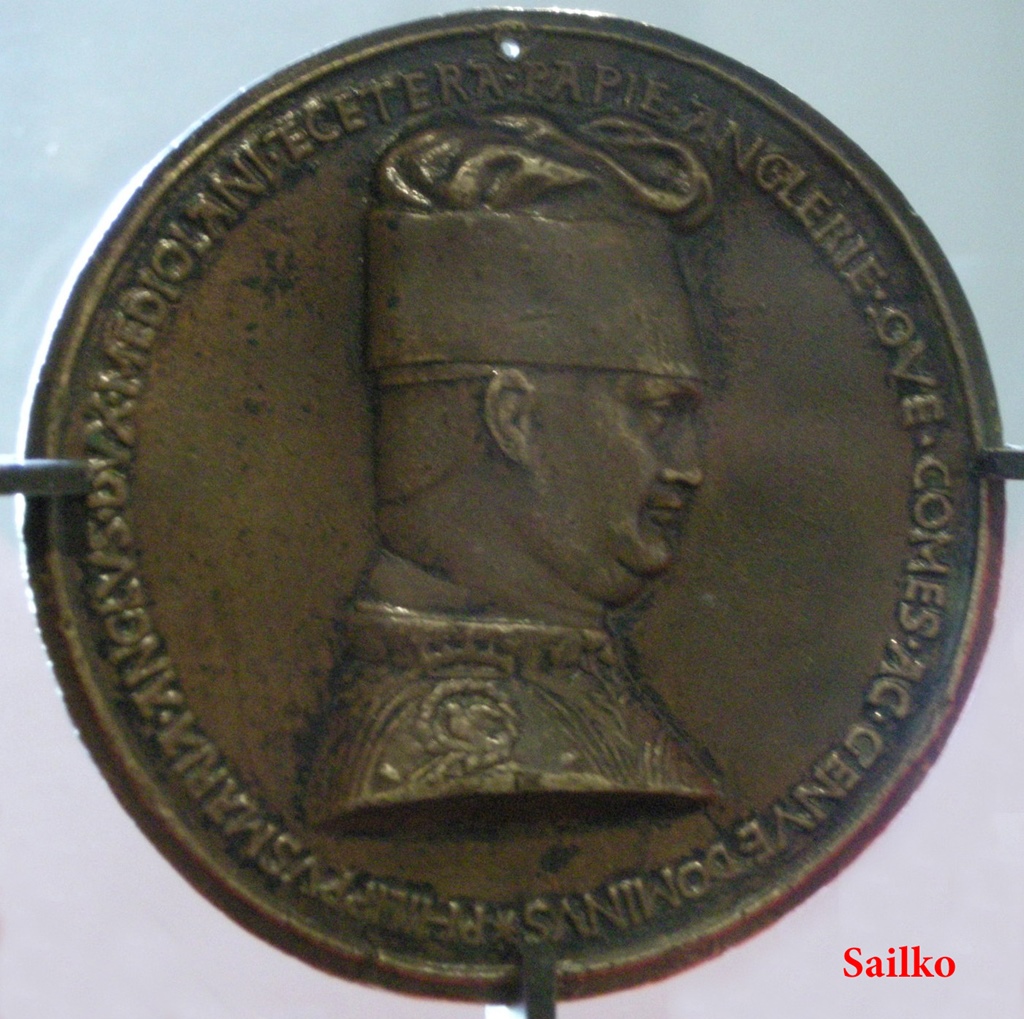
Filippo Maria Visconti
Sforza Coat of Arms
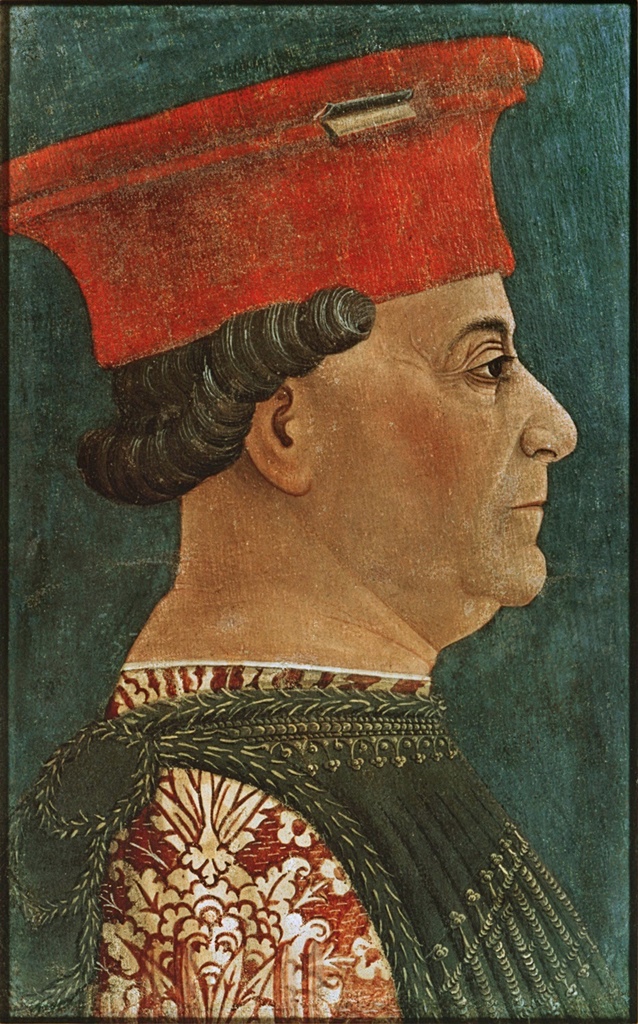
Francesco Sforza
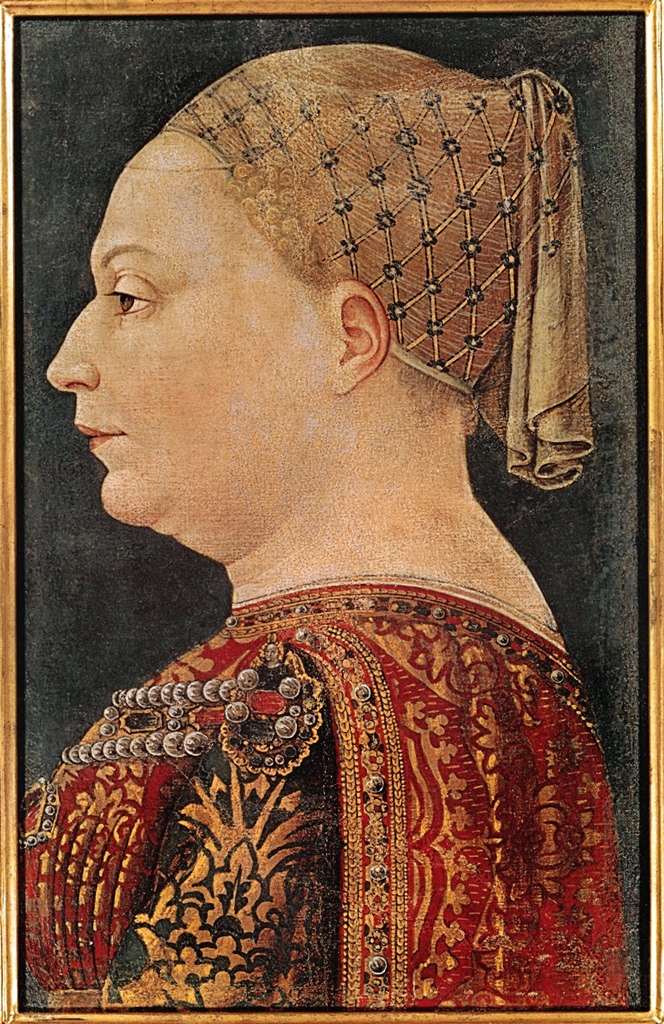
Bianca Maria Visconti
The House of Sforza ruled Milan from 1450 until 1535, with a couple of
breaks during which the city was occupied by French troops, and is credited
with bringing Milan into the Renaissance. In this respect the Sforzas had
a relationship with their city similar to that of the Medici family to the
city of Florence. The two families also had a relationship with each other.
In 1482, Lorenzo de' Medici, in an act of diplomacy, had a silver lyre sent
to Ludovico Sforza (also known as Ludovico il Moro), who was ruling
Milan at the time as regent for his nephew Gian Galeazzo. Along with the
lyre, Lorenzo also sent its creator, a 30-year-old Leonardo da Vinci.
Leonardo, sensing an opportunity for regular work, wrote Ludovico a letter
describing many engineering projects he could achieve for Milan, and also
mentioned that he could paint. Leonardo ended up staying in Milan until
1499, working on many projects for Ludovico, the most well-known of which
is a fresco done in the dining hall of the monastery of Santa Maria delle
Grazie, a fresco known as The Last Supper.
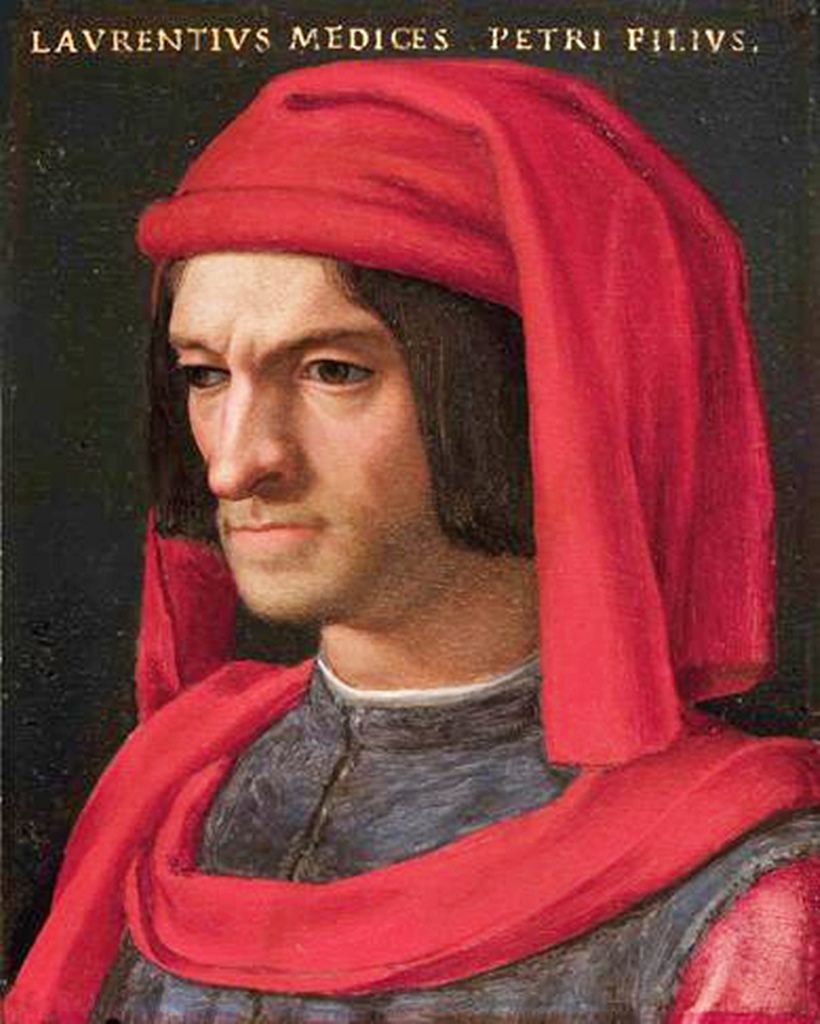
Lorenzo il Magnifico
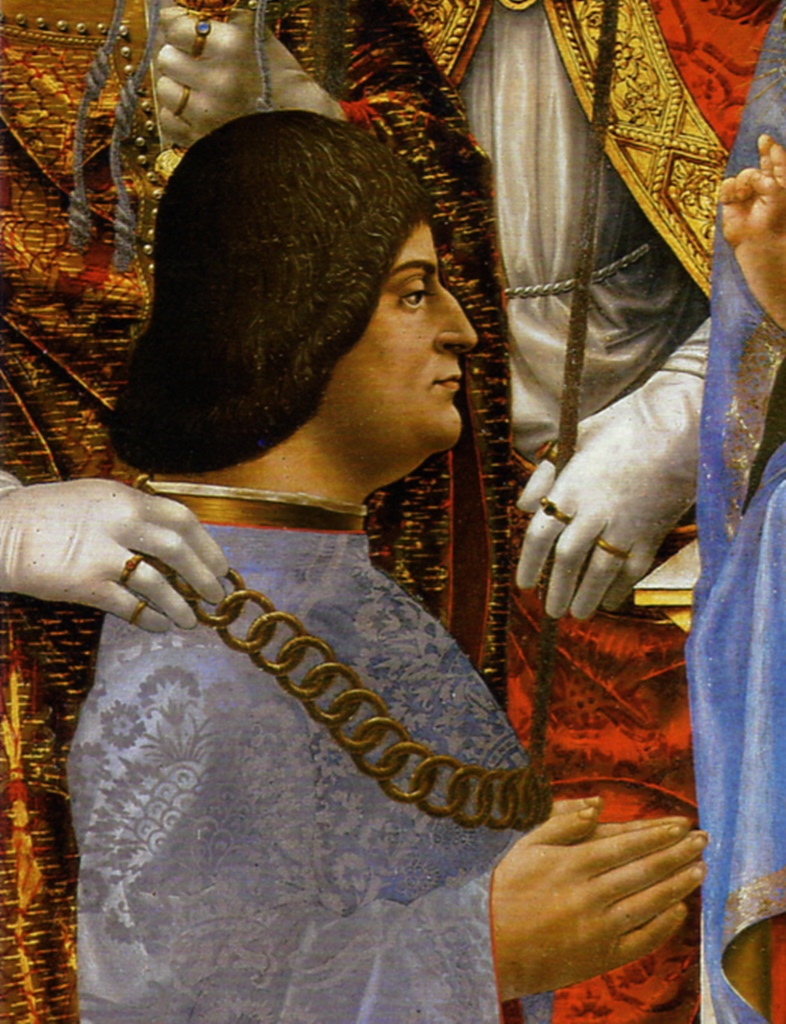
Ludovico il Moro
Leonardo da Vinci
In 1535, the Sforza dynasty ended and Milan came under the power of Charles
V's Habsburg Spain. In 1706, during the War of the Spanish Succession,
Milan was taken over by the Austrian Habsburgs and became part of the Holy
Roman Empire. During Milan's time under Austrian rule, a theater called
Teatro alla Scala was built according to plans approved by Empress
Maria Theresa herself. It didn't take long for this theater to greatly
enhance the cultural reputation of the city, as it became arguably the
center of the operatic universe. Over the next century or so, the theater,
commonly referred to as La Scala, hosted the premieres of several
operas composed by opera heavyweights such as Rossini, Verdi and Puccini,
and continues to host prestigious operas to this day.
Empress Maria Theresa
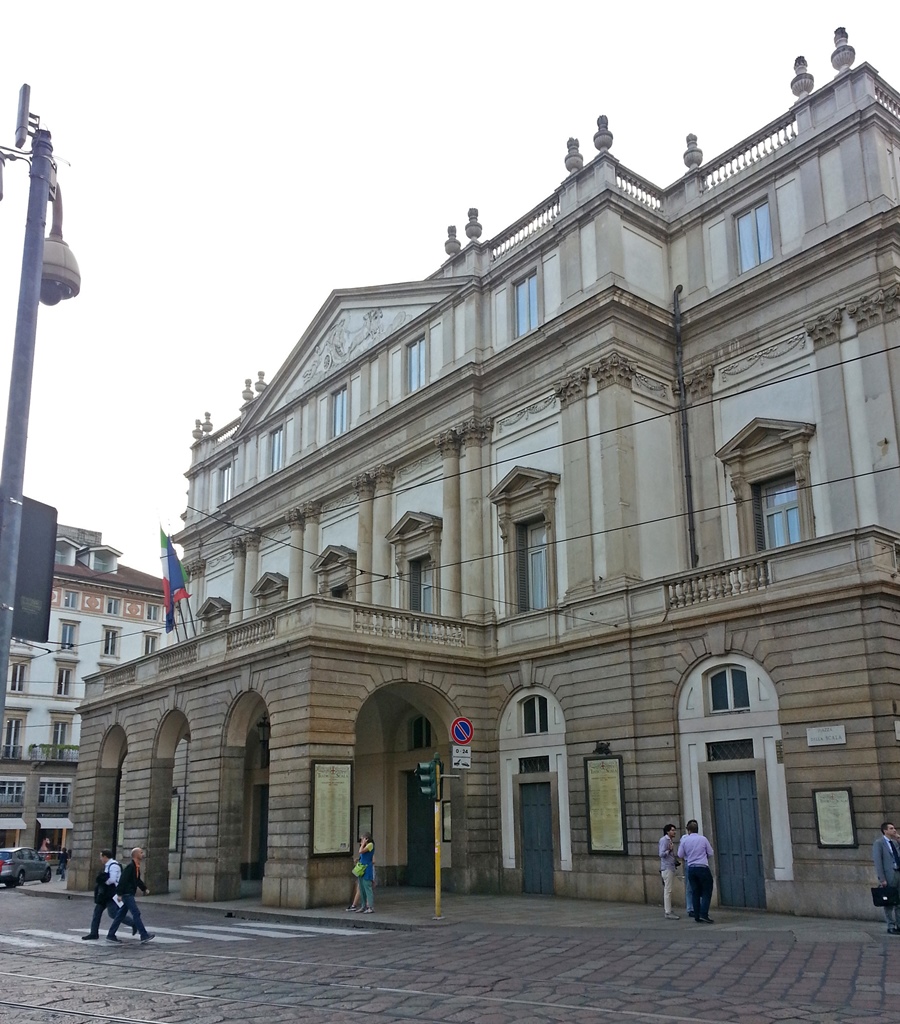
Teatro alla Scala
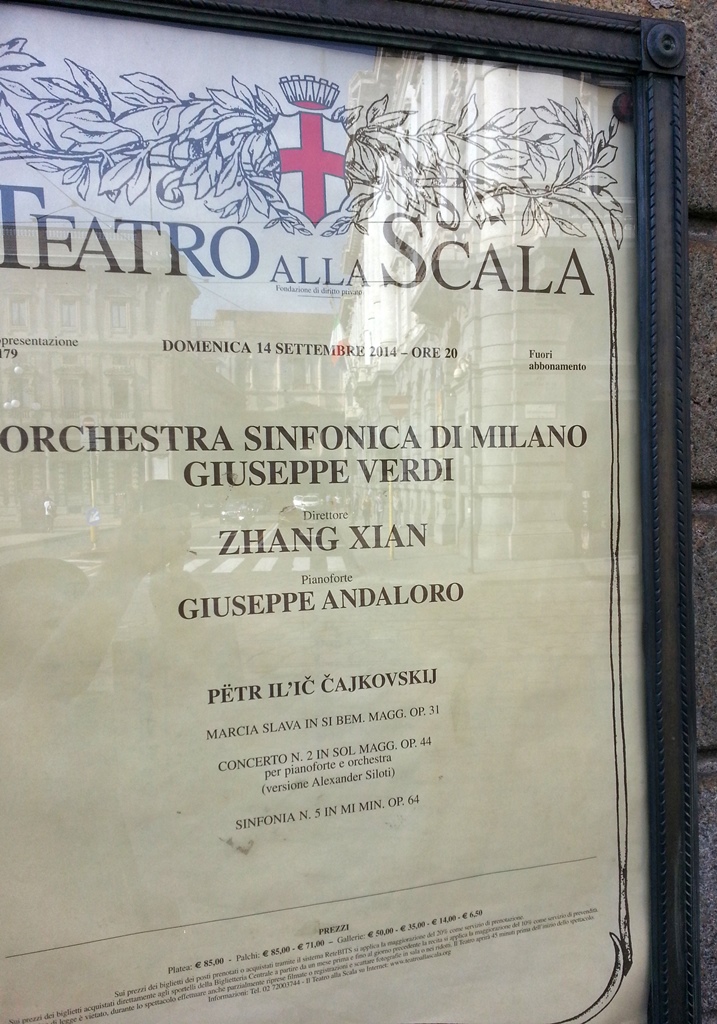
La Scala Playbill
Milan remained part of Austria-Hungary until 1859, except for a break during
the Napoleonic era, when the French controlled things. In 1859, Sardinia
and France combined to defeat Austria in the Battle of Solferino, and Milan
briefly became part of the Kingdom of Sardinia, until the unified Kingdom of
Italy was created in 1861. Milan quickly became Italy's top banking and
industrial center, as well as a major transportation hub. During World War I,
Italy remained neutral for a year but eventually entered the war as one of the
Allied powers, doing its fighting primarily against Austria-Hungary. This
fighting was eventually successful, with Italy playing a principal role in the
defeat of the Empire. But there remained a considerable amount of social
unrest in Italy and in Milan in particular, and Milan became the nucleus for
the rise of the new fascism movement, as espoused by Benito Mussolini.
Benito Mussolini
As is well-documented, the movement spread to Rome and became a dictatorship,
eventually leading to Italy's participation in World War II as one of the
Axis powers. Also well-documented is the fact that the war worked out badly
for the Axis powers.
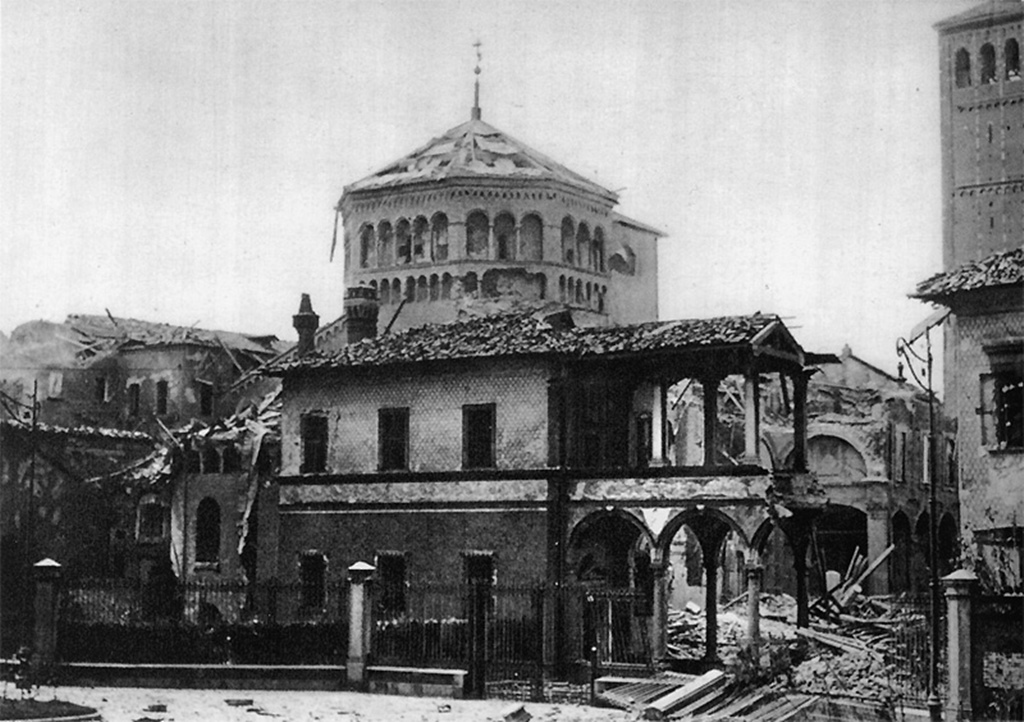
Basilica of Sant'Ambrogio, Milan
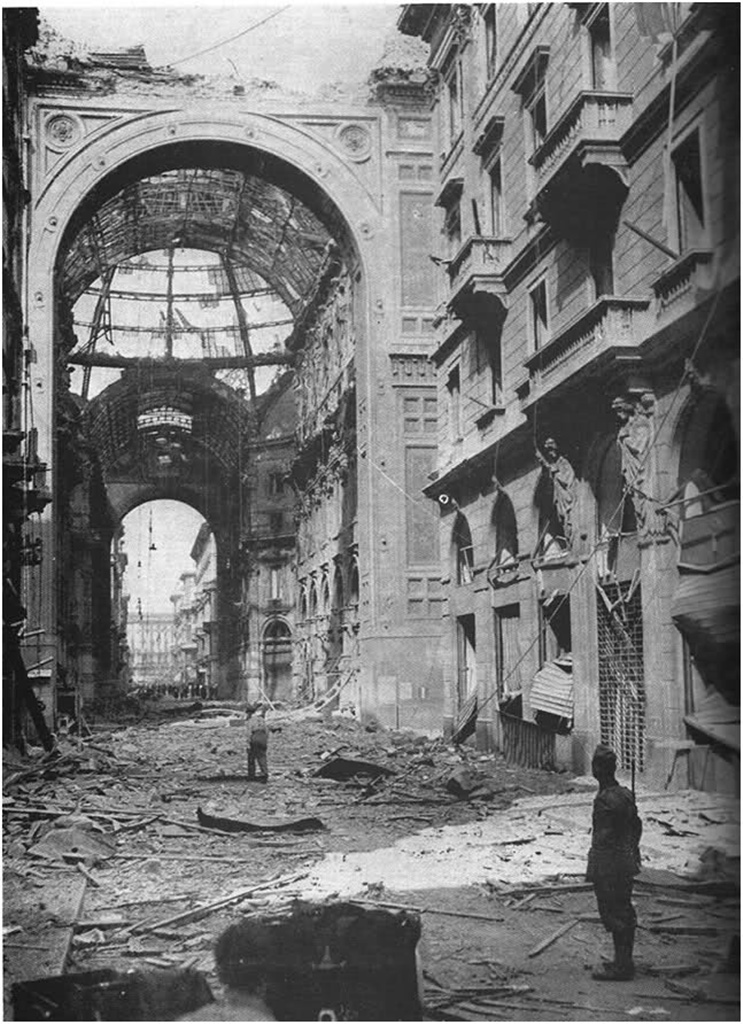
Galleria Vittorio Emanuele II, August 1943
In Italy, the dwindling Fascist supporters were backed up into the north, and in April
of 1945, while Mussolini and his entourage were trying to escape to Switzerland (and
eventually to fascist Spain) they were captured by communist partisans and executed by
firing squad. Their bodies were returned to Milan, where they were hung upside-down
in a piazza and stoned and otherwise abused by civilians.
Things today in Milan are rather more cheerful. Nobody is hung up in piazzas anymore.
The rubble from the Allied bombing has been swept up, and the damaged buildings have
been repaired or replaced. New buildings have gone up, new infrastructure has been
added, and the city is fully 21st Century. As stated earlier, the city has become a
center of the fashion world, and there are designer stores everywhere. The food is
excellent, and reasonably priced. And there is much for visitors to see and do, as
you'll see. But you have to get there first.
We needed to get there from Switzerland, and our plan was to do it by train. This
was why we found ourselves, along with our luggage, hanging out at the Lauterbrunnen
train station.
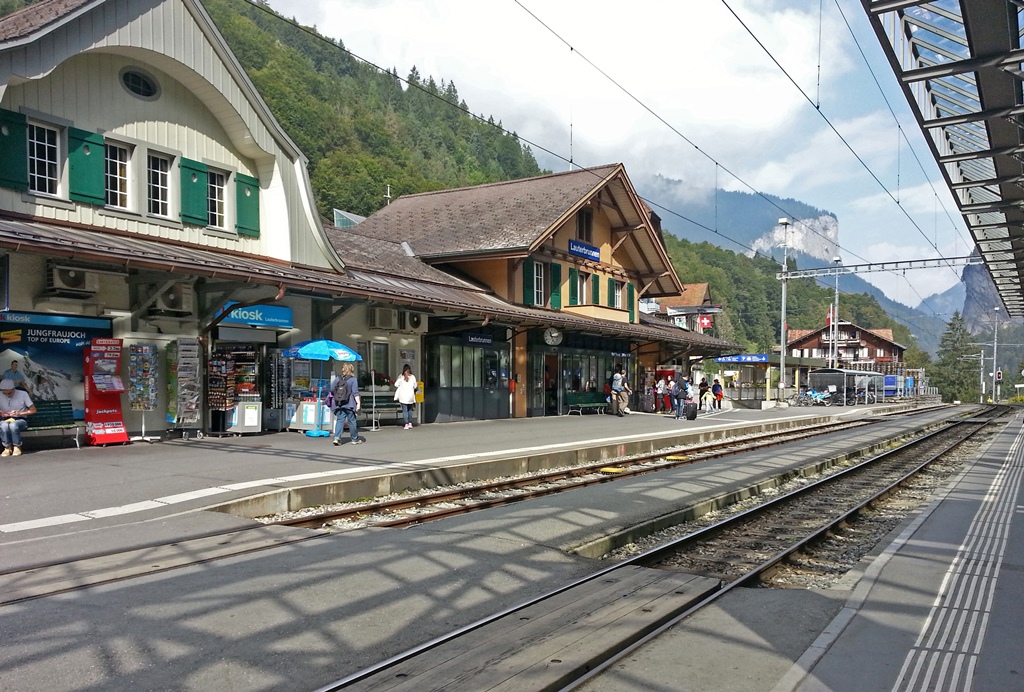
Lauterbrunnen Train Station
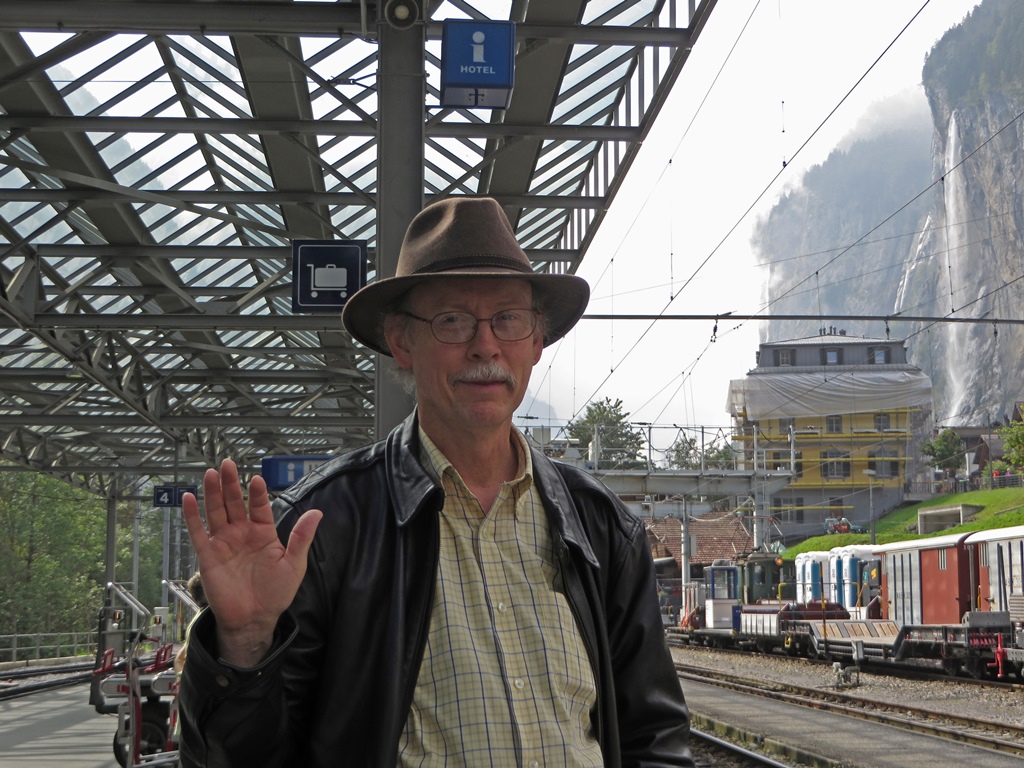
Bob at Train Station
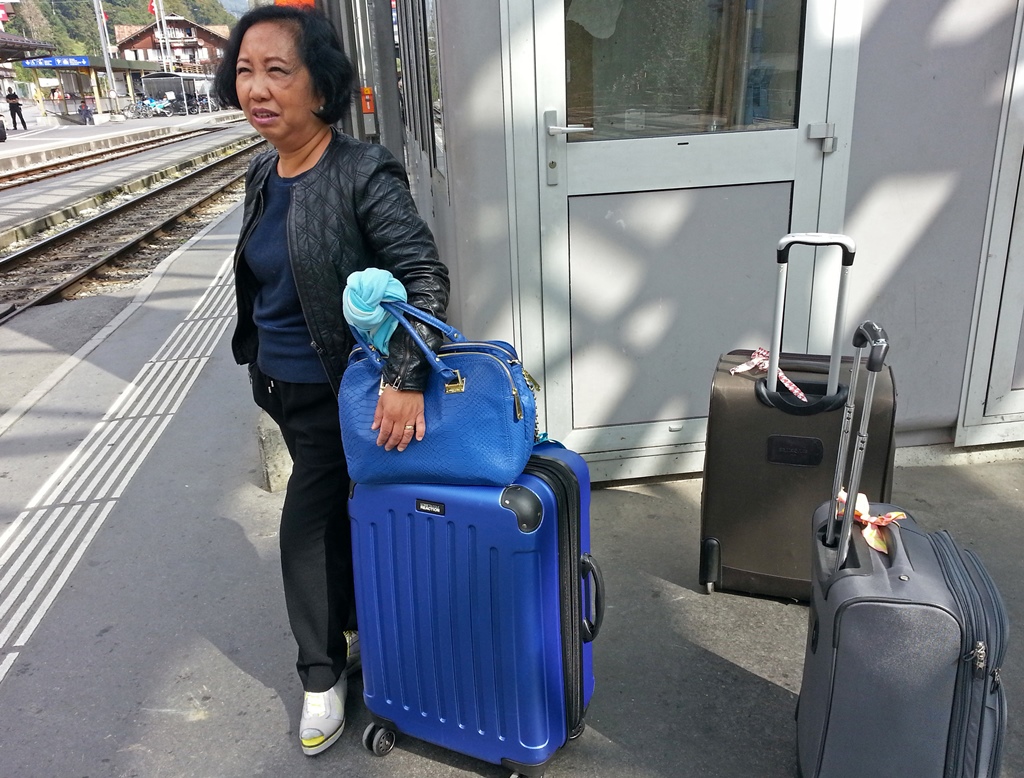
Nella and Luggage
Eventually a train came and got us, and we followed the Weisse Lütschine River
north to Interlaken.
Weisse Lütschine River from Train
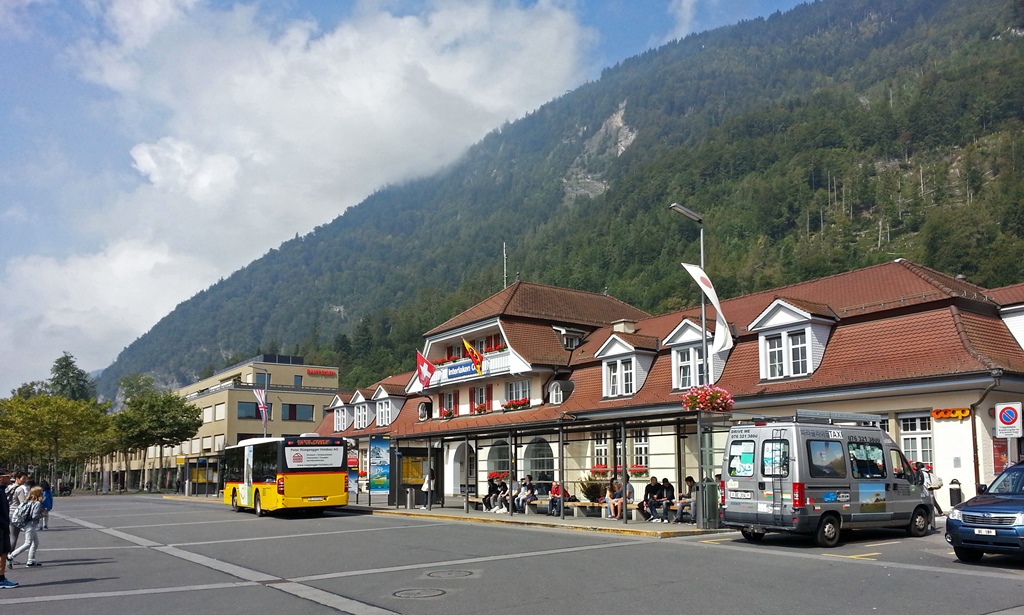
Interlaken Ost Train Station
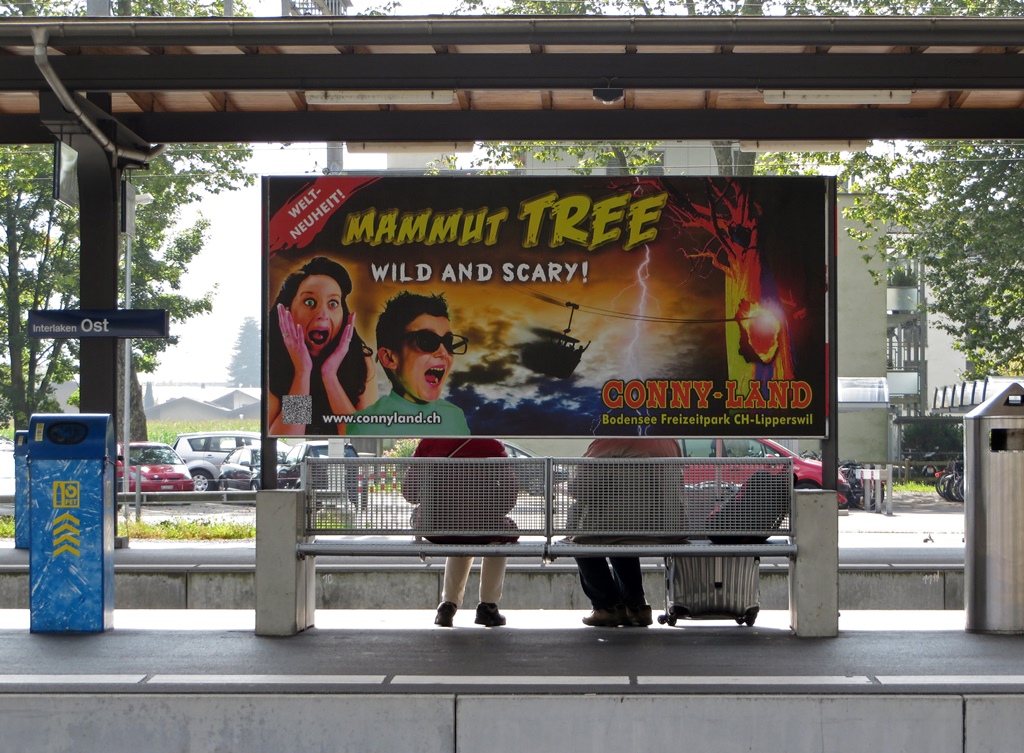
Conny-Land Poster, Interlaken
At this point we switched trains, and settled in for a nice long train ride
across the mountains to Milan. Eventually we found ourselves in Milan's main
train station, where we switched to a Milan Metro train that took us to the
Hotel Cusani, near the Cairoli station. After a short rest, we went out
looking for food and found it on the next block over. Then, in the remaining
daylight, we headed toward the Piazza del Duomo. On the way we
noticed a number of temporary tentlike structures being set up. As it turned
out, these were going to be used for Fashion Week, which would be coming up
in a few days to showcase spring/summer collections for the following year.
Milan Fashion Week
But we were going to miss this event, with our flight out scheduled for a
couple of days before the festivities. Nella didn't seem too unhappy about
this, and I was managing to contain my disappointment. We continued to the
piazza, where we found what we were looking for – the Duomo, or
Cathedral of Milan, probably the city's most prominent landmark.
Bob and Duomo
But it was late, and the place was closed for the day. We resolved to
return the following day, for a close examination. But first we would
have to return to our hotel and get a good night's sleep. And there was
a matter of a walking tour we'd scheduled for the next morning. A tour
that would start at the monastery of Santa Maria delle Grazie.

